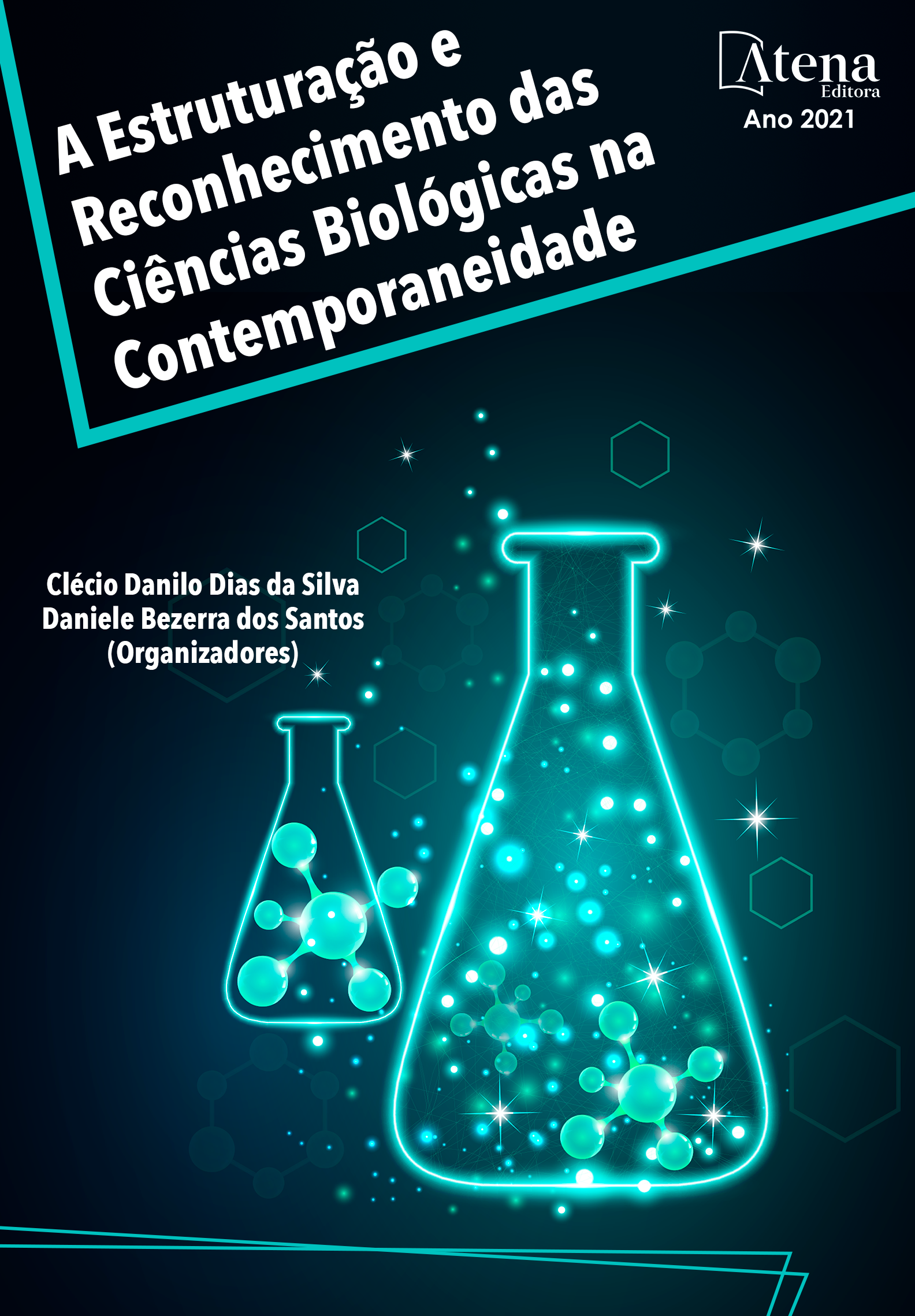
PLANTAS BRASILEIRAS COM POTENCIAL LARVICIDA
A crescente resistência dos mosquitos a inseticidas químicos torna necessária a busca por tratamentos alternativos no combate destes. Uma das possibilidades é o uso de espécies vegetais, por estas apresentarem em sua composição compostos bioativos, o que as torna capazes de atuar com potencial larvicida nos mosquitos. Sendo assim, a utilização de extrato de plantas como método larvicida tem sido estudada por possuírem baixos níveis de toxicidade em organismos não-alvo, além de, gerar baixos índices de resistências nos mosquitos. Neste seguimento, o Brasil possui grande potencial, pois detém de uma vasta biodiversidade vegetal. Diante do exposto, o presente trabalho teve por objetivo analisar o uso de plantas nativas brasileiras como potenciais larvicidas no combate ao Aedes aegypti. Para a elaboração do presente estudo, pesquisas nas bibliotecas online Google Acadêmico, PubMed e Science Direct foram realizadas para a obtenção de artigos, teses e dissertações. Após a busca realizada, foram encontradas 425 espécies vegetais, deste total, 295 são plantas nativas do Brasil, com 68 espécies endêmicas identificadas, distribuídas em 68 famílias, dentre as quais, as mais evidentes foram a Fabaceae com 63 exemplares, acompanhada da Piperaceae com 24, Asteraceae com 17, Annonaceae, Apocynaceae e Euphorbiaceae com 16, Lamiaceae, Meliaceae e Rubiaceae com 11 e Bignoniaceae com apenas 9. Entre as espécies mais encontradas, a Piper aduncum L. apareceu em maior quantidade, seguida pela Caesalpinia ferrea Mart. ExTul., Copaifera Langsdorffii Desf., Parkiaplatycephala Benth e Amburana cearenses (Allemão) a. C. Sm. Desta forma, verifica-se que o Brasil possui uma ampla potencialidade para a produção de larvicidas a partir de extratos vegetais, por apresentar uma vasta quantidade de espécies nativas. Os atuais e futuros estudos nesse enfoque possibilitarão a ampliação do mercado de bioinseticidas, trazendo benefícios tanto econômicos quanto ecológicos.
PLANTAS BRASILEIRAS COM POTENCIAL LARVICIDA
-
DOI: 10.22533/at.ed.5852106042
-
Palavras-chave: Aedes aegypti; Bioinsetidida; Espécies vegetais.
-
Keywords: Aedes aegypti; Bioinsetidide; Plant species.
-
Abstract:
The increasing mosquito resistance to chemical insecticides makes it necessary to seek alternative treatments to combat them. The use of plant species is one of the possibilities, as they have bioactive compounds in their composition, which makes them capable of acting with potential larvicide in mosquitoes. Therefore, plant extract use as a larvicidal method has been studied because they have low levels of toxicity in non-target organisms, and also to generating low levels of resistance in mosquitoes. Brazil has great potential in this segment, as it holds a vast plant biodiversity. Given the above, the present study aimed to analyze the use of native Brazilian plants as potential larvicides against Aedes aegypti. For this study, research in the online libraries Google Scholar, PubMed and ScienceDirect were carried out to obtain articles, theses and dissertations. After the search, 425 plant species were found, of which 295 are native from Brazil, with 68 endemic species identified, distributed in 68 families, among which, the most evident were Fabaceae with 63 species, accompanied by Piperaceae with 24, Asteraceae with 17, Annonaceae, Apocynaceae and Euphorbiaceae with 16, Lamiaceae, Meliaceae and Rubiaceae with 11 and Bignoniaceae with only 9.Among the most found species, Piper aduncum L. appeared in greater quantity, followed by Caesalpinia ferrea Mart. Ex Tul., CopaiferaLangsdorffiiDesf., Parkia platycephalaBenth and Amburanacearenses (Allemão) a. C. Sm. So, it appears that Brazil has a wide potential for the production of larvicides from plant extracts, as it presents a vast number of native species. Current and future studies in this focus will enable the expansion of the bioinsecticide market, bringing both economic and ecological benefits.
-
Número de páginas: 11
- Julia Samara Pereira de Souza
- Natália Gabriela Silva Santos
- Heryka Myrna Maia Ramalho


